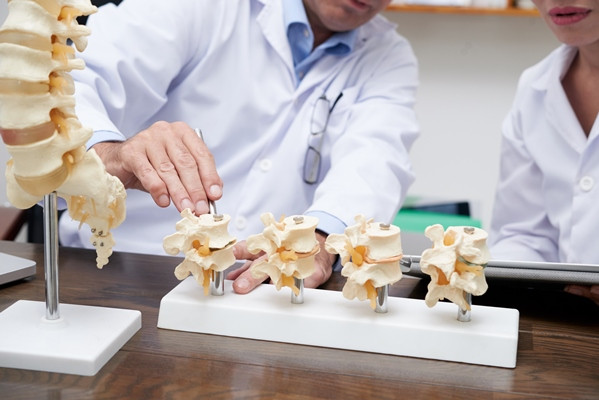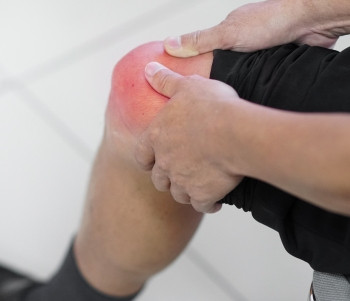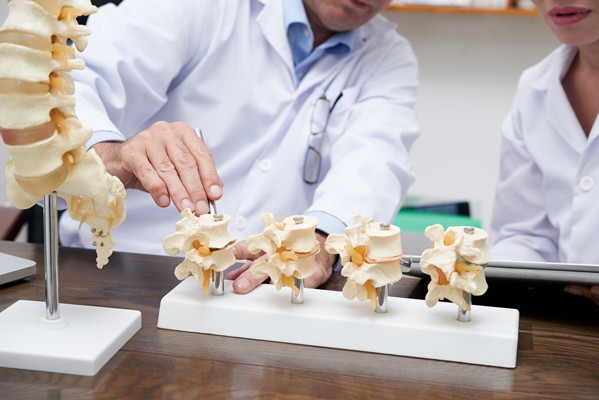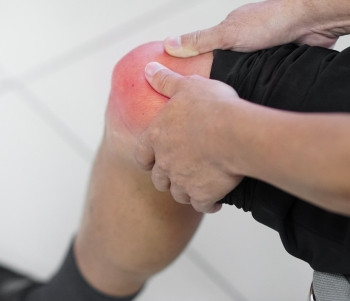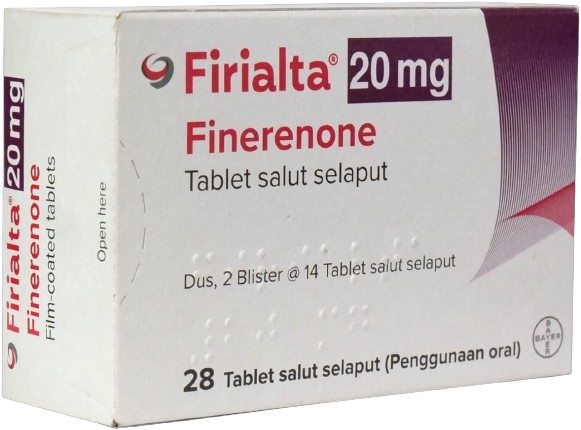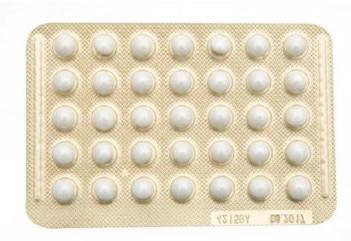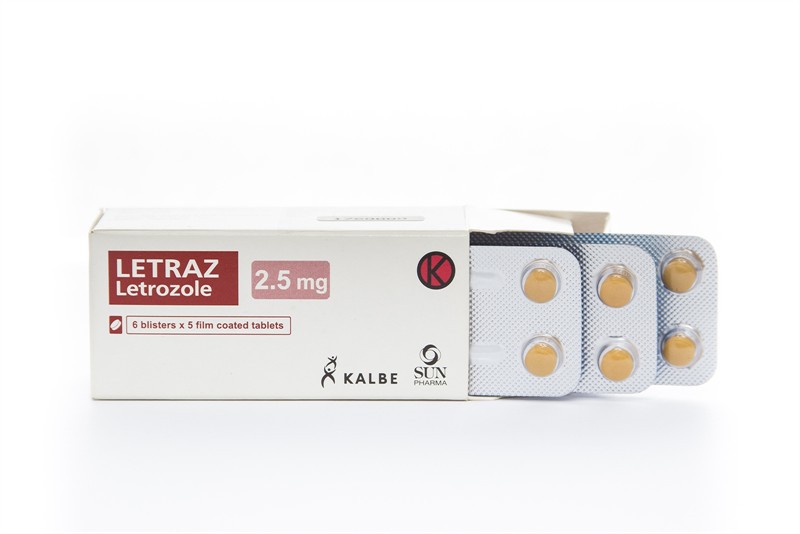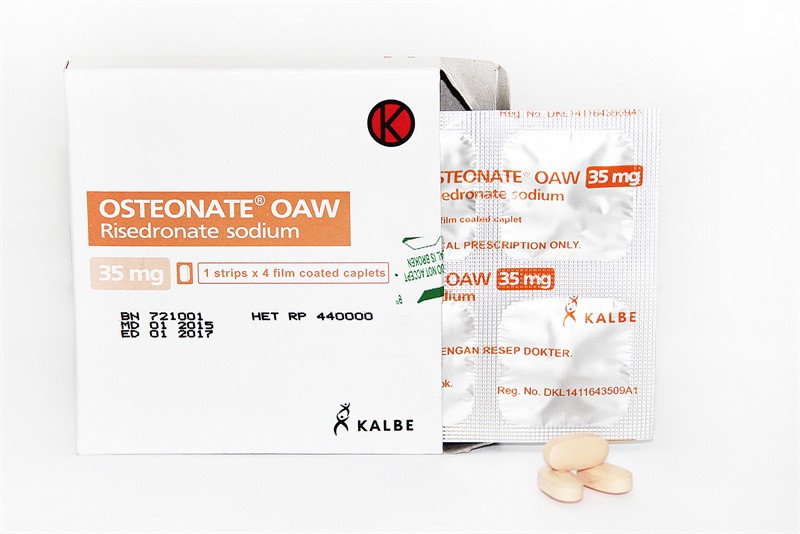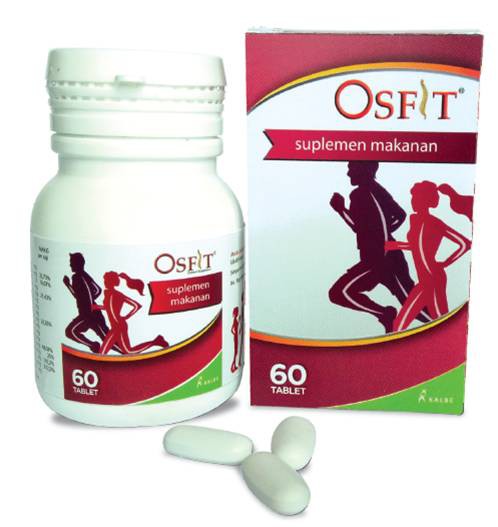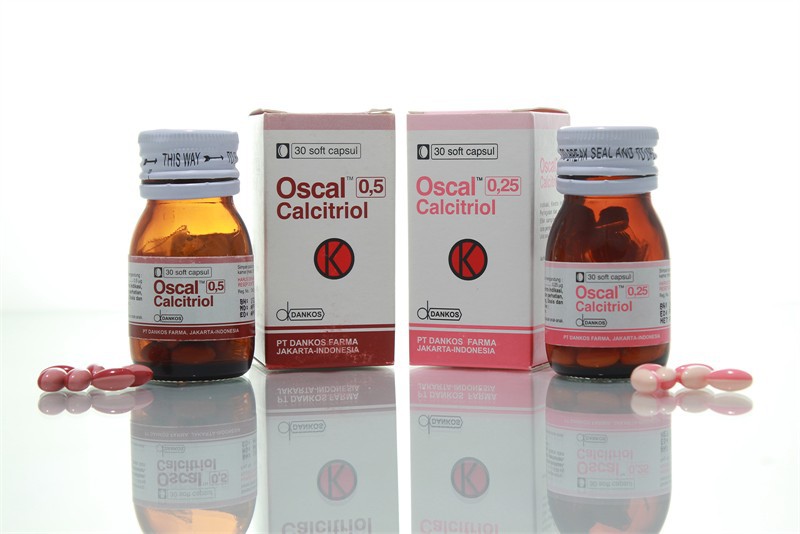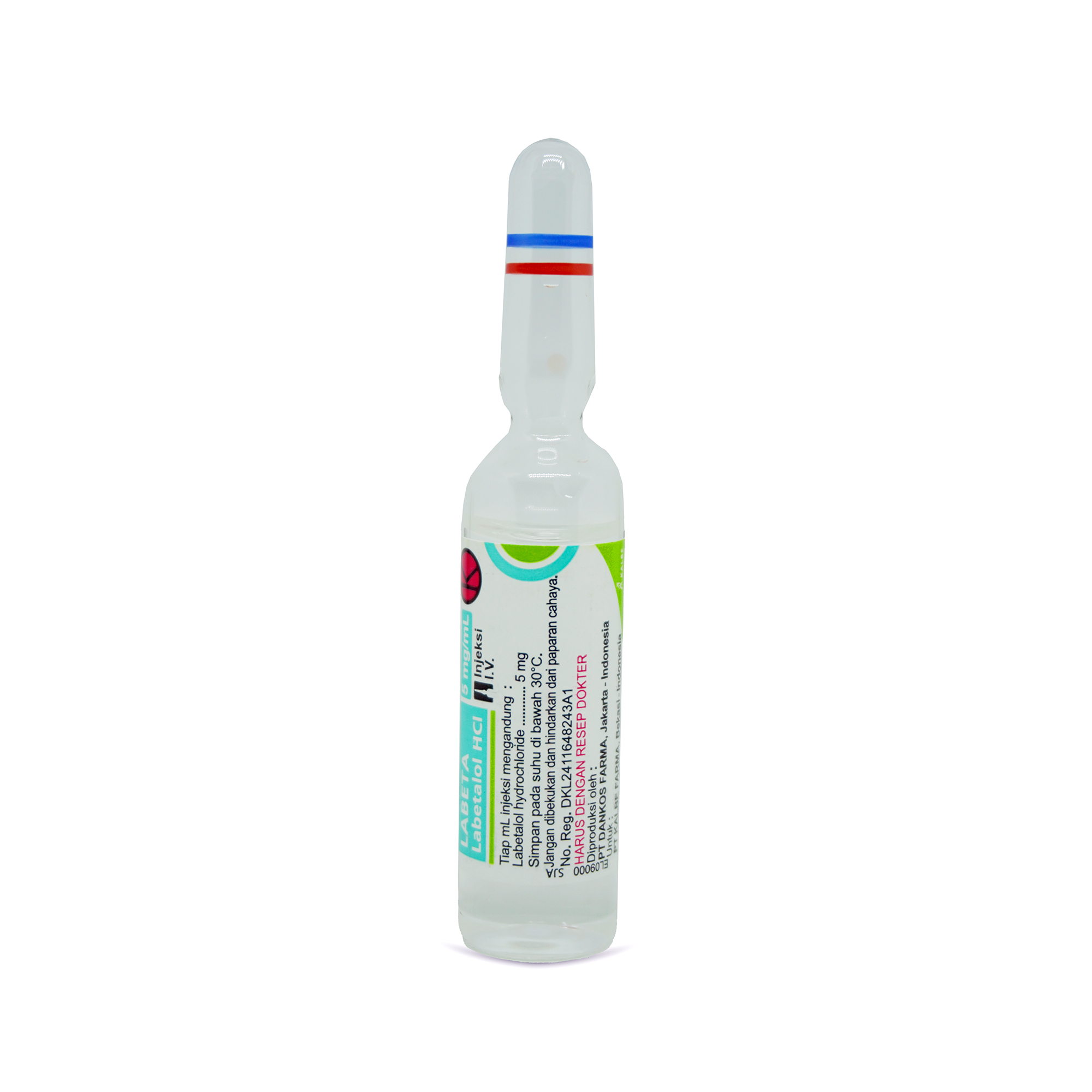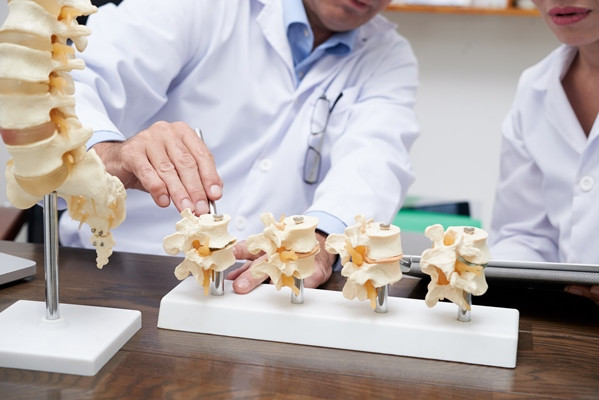
Osteoporosis is characterized by low bone mass and bone tissue damage and is often referred to as a “silent disease” because it is asymptomatic until a fracture occurs. Fractures can significantly impact quality of life, leading to difficulties in mobility, negative effects on work, loss of work productivity, social life, need for daily assistance, depression, and potential mortality. Therefore, early detection, lifestyle modifications, and pharmacological interventions are crucial.
One of the drugs of choice for postmenopausal osteoporosis therapy is bisphosphonates such as alendronate, risedronate, ibandronate, and zoledronate. A recent study was conducted to assess the efficacy and safety of generic risedronate in 80 postmenopausal women (mean age 65.2 ± 6.6 years) with osteoporosis in Thailand, conducted from December 2022 to January 2024.
At the start of the study, measurements of bone remodeling markers, namely C-terminal cross-linking telopeptide of type I collagen (CTX) and procollagen type I N-propeptide (P1NP), were taken in serum. All study participants then received oral generic risedronate 35 mg once weekly for 52 weeks. Serum CTX and P1NP levels were remeasured at different time points. BMD was reassessed 52 weeks after the start of risedronate therapy.
The results showed that the median serum CTX and P1NP levels were significantly lower than baseline levels. According to the regional Asian consensus guidelines, significant changes in serum CTX and P1NP levels are indicated by reductions of more than 30% and 20%, respectively, from baseline levels. Risedronate therapy also did not cause any serious adverse events. Additionally, significant increases in BMD and T-scores were observed in the lumbar spine, femoral neck, and total hip after 52 weeks of therapy.
Conclusion:
This study found that postmenopausal women with osteoporosis treated with oral generic risedronate showed significant suppression of bone remodeling at 3, 6, and 12 months after the start of therapy. In addition, there was also a significant improvement in lumbar, femoral neck, and total hip BMD after 12 months of therapy. These findings suggest that generic risedronate can be considered a reasonable and attractive option for the treatment of postmenopausal women with osteoporosis.
Figure: Illustration (Source: Pressfoto-Freepik)
References:
Suwan A, Tanavalee C, Panyakhamlerd K, Ngarmukos S, Chavaengkiat S, Tanavalee A, et al. Changes of bone turnover markers and bone mineral density among postmenopausal Thai women with osteoporosis receiving generic risedronate. BMC Women's Health 2024;24(572).


